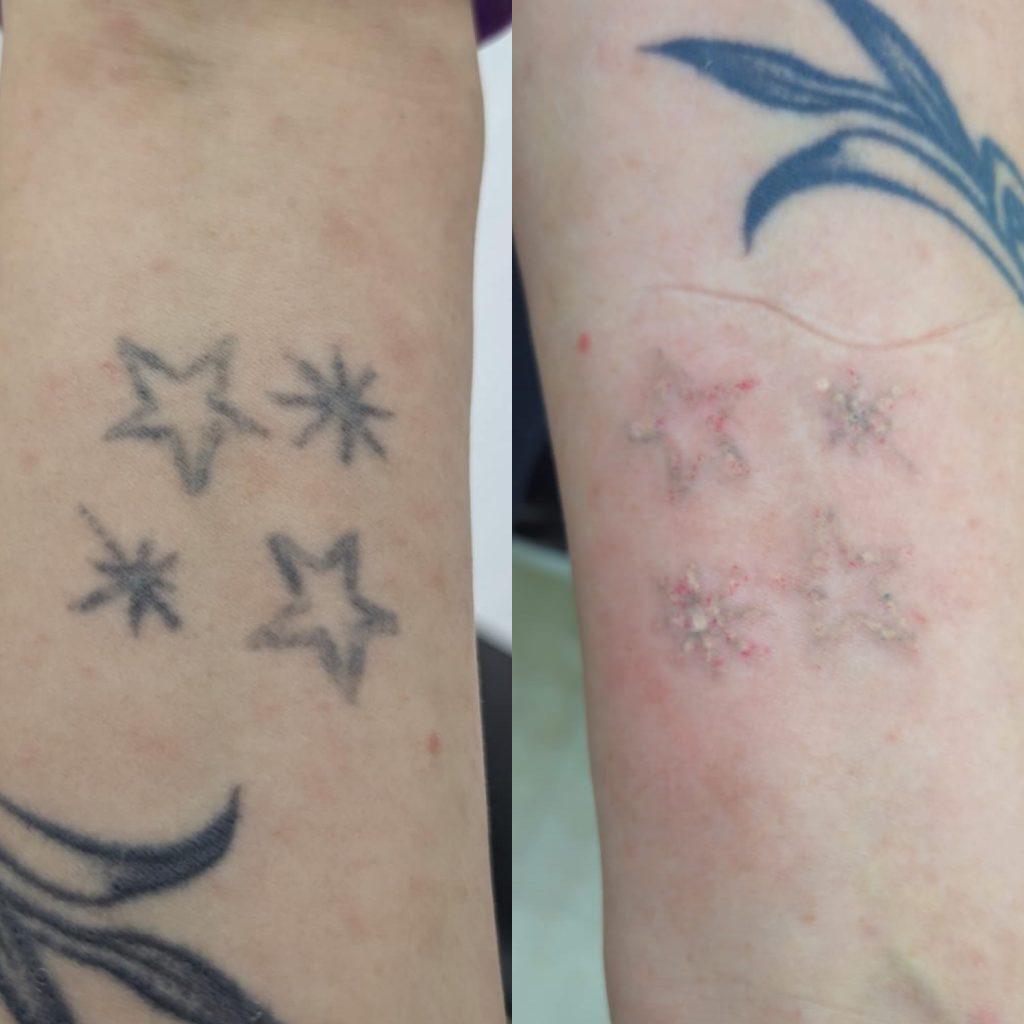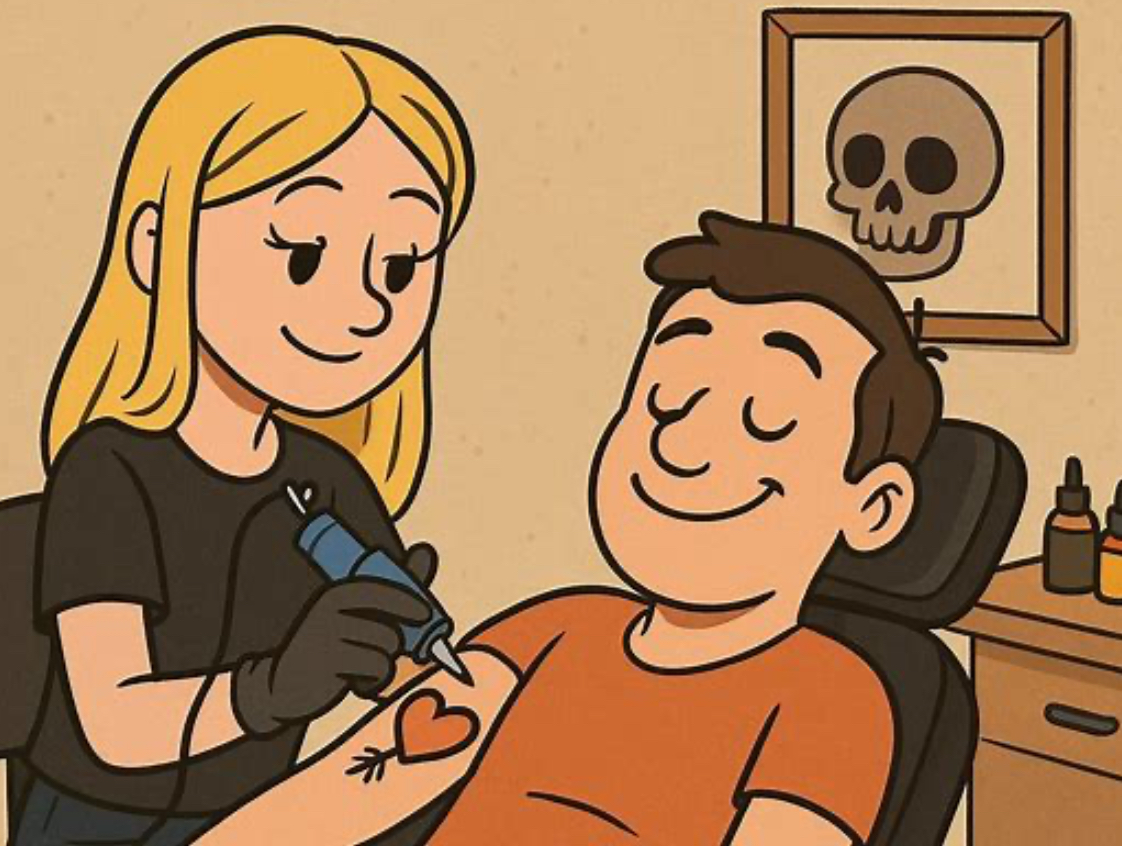Tattoos are often chosen with care, but tastes, lifestyles, or circumstances can change over time. If you’re considering removing a tattoo, laser tattoo removal is the most common and effective method available today. Understanding what the process involves can help you feel more comfortable and prepared for your first appointment.
1. The Consultation
Before any treatment begins, you’ll typically meet with a licensed practitioner for a consultation. They’ll check your medical history to ensure treatment is safe and appropriate, examine your tattoo, discuss your goals, and explain how many sessions you’re likely to need. The number of sessions varies depending on factors such as:
• Tattoo size and location
• Ink colors used (black ink is easiest to remove, while brighter colors can be more stubborn)
• Age of the tattoo (older tattoos often fade more quickly)
• Skin type and overall health This is also the time to ask questions and ensure the clinic is reputable, clean, and experienced.
2. The Procedure Itself
Laser tattoo removal works by directing high-intensity light beams at the ink particles in your skin. The light breaks the pigment into smaller fragments, which your immune system gradually clears away over time. Here’s what you can expect during the session:
• Protective eyewear will be provided for safety.
• The practitioner will usually apply ice packs to reduce discomfort.
• The laser feels like quick snaps of a rubber band against the skin. Some describe it as uncomfortable but tolerable.
• Treatment times vary: a small tattoo may take only a few minutes, while larger pieces require longer sessions.
3. Aftercare
Your skin may feel tender, red, or swollen immediately after treatment—similar to a sunburn. Proper aftercare is essential for healing and avoiding complications:
• Keep the area clean and dry.
• Avoid direct sun exposure and always use sunscreen once the skin has healed.
• Apply any ointments recommended by your provider.
• Avoid picking at scabs or blisters, as this could cause scarring.
4. How Many Sessions Are Needed? Tattoo removal isn’t a one-and-done procedure. Most people require 6 to 10 sessions, spaced 6 to 8 weeks apart, to achieve significant fading or full removal. Patience is key—the process takes time to allow your body to clear away the ink safely.
5. Risks and Considerations Laser tattoo removal is generally safe when performed by a trained professional, but potential side effects include:
• Temporary skin irritation
• Blistering or scabbing
• Changes in skin pigmentation (lighter or darker patches)
• Rare scarring if aftercare instructions aren’t followed
Choosing a skilled and certified practitioner minimizes these risks.
The Bottom Line
Laser tattoo removal is an effective way to fade or erase unwanted ink, but it’s not instantaneous. Expect multiple sessions, some discomfort, and diligent aftercare. With the right professional and patience, you can achieve noticeable results and move forward with a fresh canvas.



